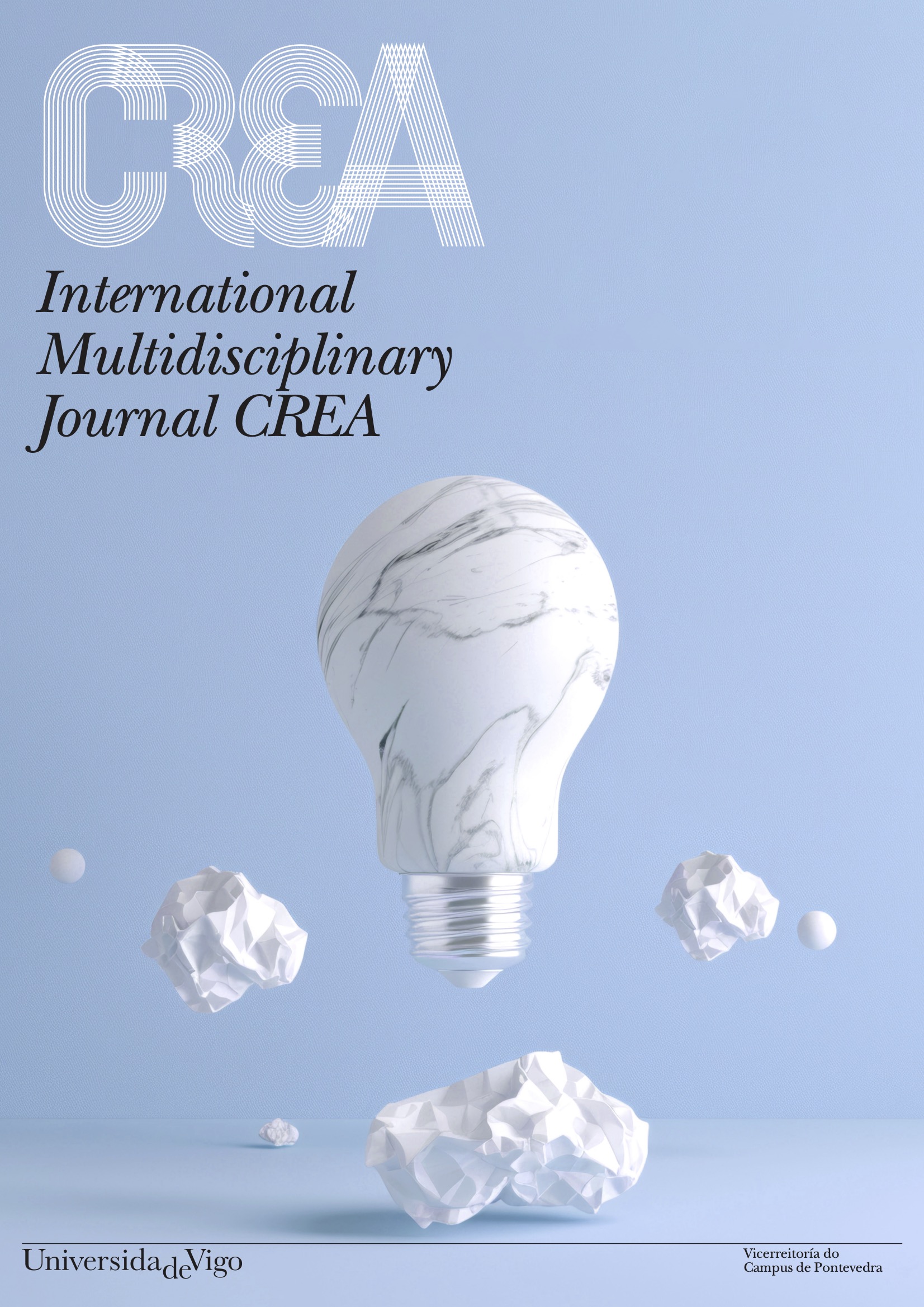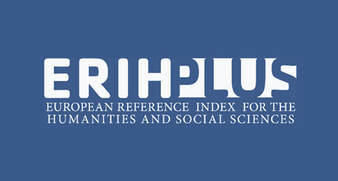Cyberbullying in school age: The hidden danger behind the screen
DOI:
https://doi.org/10.35869/5725Keywords:
education, ciberbullying, social media, bullying, mental health, preventionAbstract
Introduction: Cyberbullying has emerged as an insidious form of harassment affecting young people in the digital age. Unlike traditional bullying, cyberbullying occurs online, allowing attacks to take place 24 hours a day, transforming the victims' private lives into a space of constant suffering. This phenomenon has serious consequences for students' mental health, including anxiety, depression, and in extreme cases, suicidal thoughts.
Material and methods: A qualitative approach was used that included an exhaustive bibliographic review of previous studies, analysis of real cases, and the exploration of interactions on social networks such as Instagram and TikTok. These strategies allowed us to understand the manifestations and consequences of cyberbullying, as well as the dynamics that perpetuate it.
Results: The findings indicate various forms of cyberbullying, such as hostile messages and the spreading of rumors, which significantly impact the self-esteem and mental health of victims. In addition, a lack of knowledge was identified among parents and teachers, which makes intervention difficult. Prevention programs show mixed results, highlighting the need for more effective implementation.
Conclusions: Cyberbullying requires urgent attention and the collaboration of parents, educators and digital platforms to create safer environments. Through education and dialogue, it is possible to mitigate its effects and protect future generations from this latent threat.
Downloads
References
Alvites-Huamaní, C. (2019). Adolescencia, ciberbullying y
depresión, riesgos en un mundo globalizado. Revista científica electrónica de Educación y Comunicación en la Sociedad del Conocimiento, 19(1), 210-234. https://doi.org/10.30827/eticanet.v19i1.11867
Aricak, T., Siyahhan, S., Uzunhasanoglu, A., Saribeyoglu, S.,
Ciplak, S., Yilmaz, N. y Memmedov, C. (2008). Cyberbullying among Turkish adolescents. CyberPsychology & Behavior, 11(3), 253-261.
Bhat, C. S. (2008). Cyber Bullying: Overview and Strategies
for School Counsellors, Guidance Officers, and All School Personnel. Australian Journal of Guidance and Counselling, 18(1), 53-66.
Castro-Morales, J. (2013). Acoso escolar. Revista De Neuro-
Psiquiatría, 74(2), 224–249. https://doi.org/10.20453/rnp.v74i2.1681
Calmaestra-Villén, J. (2011). Cyberbullying: prevalencia y
características de un nuevo tipo de bullying indirecto [Tesis de doctorado, Universidad de Córdoba]. https://helvia.uco.es/handle/10396/5717
Campbell, M. (2005). Cyber bullying: An old problem in a new
guise? Australian Journal of Guidance and Counselling, 15(1), 68-76.
Corcoran, L. (2024). Cyberbullying: a new dimension to an
old problem [Doctoral dissertation, Institute of Art, Design+ Technology]. https://hdl.handle.net/10779/iadt.25450585.v1
Cortés, A. (2020). Acoso escolar, ciberacoso y las nuevas
tecnologías de la información y la comunicación. Revista Cubana de Medicina General Integral, 36(3), 1-9.
Dehue, F., Bolman, C. y Vollink, T. (2008). Cyberbullying:
Youngsters' experiences and parental perception. CyberPsychology & Behavior, 11(2), 217-223.
Del Rey, R., Casas, J. A. y Ortega, R. (2012). El programa
ConRed, una práctica basada en la evidencia. Comunicar, 39(20), 129-138.
Estévez, A., Villardón, L., Calvete, E., Padilla, P. y Orue, I.
(2010). Adolescentes víctimas de cyberbullying: prevalencia y características. Psicología Conductual, 18(1), 73-89.
Garaigordobil, M. y Martínez-Valderrey, V. (2014). Efecto
del Cyberprogram 2.0 sobre la reducción de la victimización y la mejora de la competencia social en la adolescencia. Revista de psicodidáctica, 19(2), 289-305.
Garaigordobil, M. (2017). Conducta antisocial: conexión
con bullying/cyberbullying y estrategias de resolución de conflictos. Psychosocial Intervention, 26(1), 47–54. https://doi.org/10.1016/j.psi.2015.12.002
García-Vara, V. (2021). Revisión sistemática sobre la
efectividad de programas de prevención e intervención del cyberbullying en preadolescentes y adolescentes [Trabajo Fin de Máster, Universidad Europea]. http://hdl.handle.net/20.500.12880/872
Giménez, A. M. (2015). Estrategias de afrontamiento ante el
cyberbullying. Una mirada cualitativa desde la perspectiva de los escolares. Campo Abierto, 49-65.
Hinduja, S. y Patchin, J. W. (2008). Cyberbullying: An
exploratory analysis of factors related to offending and victimization. Deviant Behavior, 29(2), 129-156.
Hoff, D. L. y Mitchell, S. N. (2009). Cyberbullying: Causes,
effects, and remedies. Journal of Educational Administration, 47, 652-655. https:// doi.org/10.1108/09578230910981107
Kim, S. (2018). Cyberbullying Victimization and Adolescent
Mental Health: Evidence of Differential Effects by Sex and Mental Health Problem Type. Journal of Youth and Adolescence, 47(3), 661–672. https://doi.org/10.1007/s10964- 017-0678-4
Kowalski, R. M., Limber, S. P. y Agatston, P. W. (2008). Cyber
bullying: Bullying in the digital age. Blackwell Publishing.
Larrañaga, E., Yubero, S., Ovejero, A. y Navarro, R. (2016).
Loneliness, Parent-Child Communication and Cyberbullying Victimization among Spanish Youths. Computers in Human Behavior, 65, 1-8. https://doi.org/10.1016/j.chb.2016.08.015
López, E. J., Ehly, S. y García-Vázquez, E. (2002).
Acculturation, social support and academic achievement of Mexican and Mexican American high school students: An exploratory study. Psychology in the Schools, 39, 245–257.
López, L., Quezada, M. y Carrillo, J. (2018). Manifestations of
violence among students of higher education: The uses of WhatsApp. Alteridad, 13(2), 204-213. https://doi.org/10.17163/alt. v13n2.2018.04
Machimbarrena, J. M., González-Cabrera, J. y Garaigordobil,
M. (2019). Variables familiares relacionadas con el bullying y el cyberbullying: Una revisión sistemática. Pensamiento psicológico, 17(2), 37-56.
Meyer, I. H. (2007). Prejudice and discrimination as social
stressors. En I. H. Meyer y M. E. Northridge (Eds.). The health of sexual minorities: Public health perspectives on lesbian, gay, bisexual and transgender populations (pp. 242-267). Spring.
Mitchell, K. J., Ybarra, M. L. y Finkelhor, D. (2007). The
Relative Importance of Online Victimization in Understanding Depression, Delinquency, and Substance Use. Child Maltreatment, 12(4), 314-324.
Ortega-Barón, J. (2018). Prevención del acoso en
adolescentes a través de las nuevas tecnologías de la información y la comunicación: programa prev@cib [Doctoral dissertation, Universitat de València].
Ortega-Ruiz, R., Del Rey, R. y Casas, J. A. (2016). Evaluar el
bullying y el cyberbullying validación española del EBIP-Q y del ECIP-Q. Psicología educativa, 22(1), 71-79.
Renés-Arellano, P., Hernández-Serrano, M-J., Caldeiro-
Pedreira, M-C. y Alvites-Huamaní, C. (2021). Contravalores del ethos digital percibidos por futuros formadores. Comunicar, 62(26), 57-67. https://doi.org/10.3916/C69-2021-05
Torres-Montilla, Y., Mejía-Montilla, J. y Reyna-Villasmil, E.
(2018). Características del ciberacoso y psicopatología de las víctimas. Repertorio de Medicina y Cirugía, 27(3), 189-196. https://doi.org/10.31260/RepertMedCir.v27. n3.2018.213
Verdejo-Espinosa, M. Á. (2015). Ciberacoso y violencia de
género en redes sociales: análisis y herramientas de prevención. Octaedro.
Ybarra, M. L. y Mitchell, K. J. (2008). How risky are social
networking sites? A comparison of places online where youth sexual solicitation and harassment occurs. Pediatrics, 121(2), 350-357. 10.1542/peds.2007-0693
Downloads
Published
How to Cite
Issue
Section
License
Copyright (c) 2025 International Journal of Multidisciplinary CREA (IJMC)

This work is licensed under a Creative Commons Attribution-NonCommercial-NoDerivatives 4.0 International License.
Copyright
After the acceptance of an article, the authors will be asked to complete a Publication Agreement. Acceptance of the agreement will guarantee the widest possible dissemination of information. Under this agreement, the copyright will be transferred to the Company / Institution if the manuscript is accepted for publication. Permission from the Company / Institution is required for resale or distribution outside the institution and for all other derivative works, including compilations and translations. If extracts from other copyrighted works are included, the author (s) must obtain written permission from the owners of the copyright and credit rights of the source (s) in the article.
Rights of users
All the articles published in the magazine will be immediately and permanently accessible so that any user can read and download them. The (Re) use allowed for third parties of the published content will be defined by the following Creative Commons license: Creative Commons Attribution-Noncommercial-No Derivative Works (CC BY-NC-ND). For non-commercial purposes, allow others to distribute and copy the article. It also allows its inclusion in a collective work (such as an anthology), provided that the author (s) is cited and the article is not altered or modified.
Publication cost
The author of the accepted articles should not pay for its publication. The Society or the Institution that owns the journal finances the production costs of the manuscripts.








